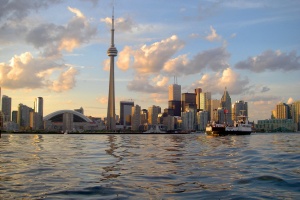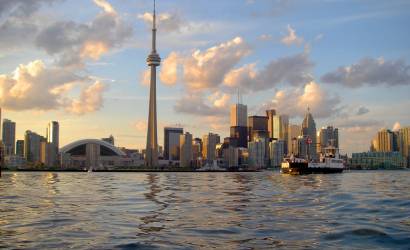
Tourism Toronto is entering a new collaboration with Google to drive growth in the domestic visitor economy.
The Markets & Insights strategy is the first of its kind for Google and a major Canadian city.
The strategy will see Tourism Toronto tap into the latest in trends, insights, data and technology from Google, providing a deeper level of consumer insights and rigorous measurement for its key visitor markets to develop the region’s growing tourism sector, while also offering additional insights for members.
“This collaboration with Google fuels our destination marketing programs through more robust analytics,” said Andrew Weir, chief marketing officer for Tourism Toronto.
“The dual benefits of deeper consumer insights and sophisticated measurement will help keep Toronto at the leading edge of our industry.”
Through the collaboration, Tourism Toronto is committing to Google as one of the organisation’s principal marketing channels – leveraging search reach through Google and video reach through YouTube.
This deeper collaboration provides strategic insights and measurement from Google for Tourism Toronto’s online marketing content, including analysis of content performance and impact in core key markets.
“Our goal is to help Tourism Toronto reach more people from around the world who are interested in Toronto as a tourist destination.
“To do that, we have built specific tools to help Tourism Toronto better understand what kinds of marketing approaches to use in order to differentiate Toronto as a destination and grow visitors to the city,” said Chris Adamkowski, head of government, tourism and airlines, Google Canada.
In 2017, tourism in Toronto had a record-breaking year with 43.7 million visitors welcomed to the region.
Visitors to Toronto spent $8.8 billion – the most economic activity ever generated by the region’s tourism industry and represents $700 million more in hotel rooms booked, attractions seen and restaurants experienced than in 2016.
You can read more of the news on source
 Travelsmart
Travelsmart



